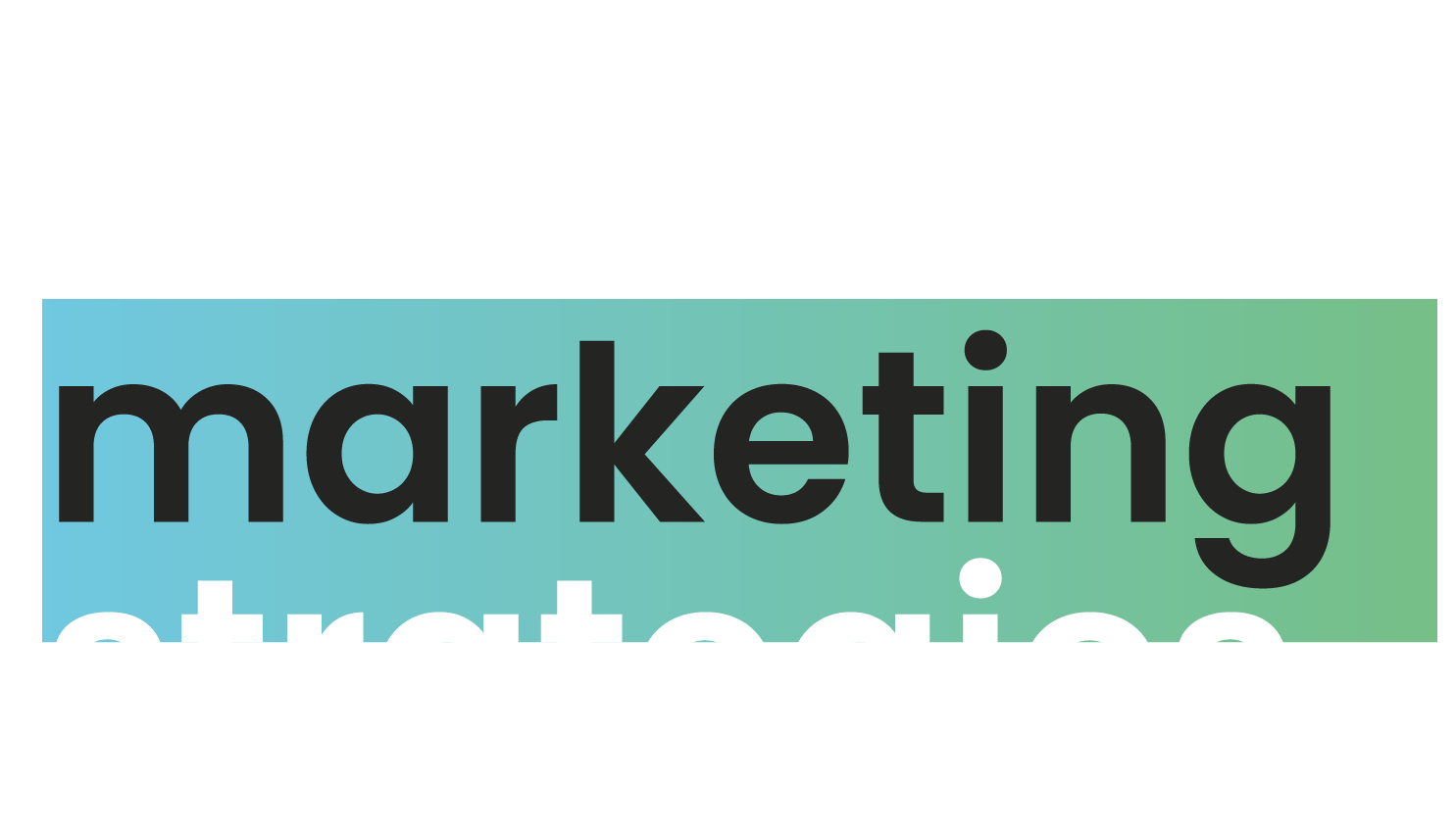If you’re a clothing store owner, you may have considered running Google Ads to help drive more traffic to your website. But how do you get started? This blog post will teach you the basics of setting up a campaign and targeting the right customers. We’ll also provide tips for optimizing your clothing brand ads and measuring performance. So whether you are new to Google Ads or just looking for some fresh ideas, read on for insights that can help boost your business.
Setting up a Google ad campaign for a clothing store: What should I know?
Before setting up a Google ad campaign for your clothing store, you should be aware of a few things. First, you’ll need to decide what kind of Google Ads for clothing brand you want to create. Google offers a variety of ad formats, including text, image, and video ads. You will also need to choose your target keywords carefully. Select keywords relevant to your products and with a high search volume. Finally, set a budget for your campaign. Google Ads can be pretty effective, but they can also be expensive. By selecting a budget in advance, you can ensure that you don’t overspend on your ad campaign.
Clothing brand video ads vs. clothing Google display ads
When it comes to promoting clothing brands, there are a few different options available. One popular solution is to create video ads that can be played on various websites and social media platforms. Another option is to use Google display ads, essentially banner ads appearing on clothing store websites. Both options have pros and cons, and it’s important to weigh them carefully before deciding which is suitable for your brand.
Video ads can effectively get potential customers to notice your clothing brand. They’re often more eye-catching than static banner ads and can tell a story that speaks to the customer. However, video ads can also be expensive to produce and may not always reach the right audience. On the other hand, clothing store Google display ads are relatively inexpensive and can be targeted to reach a specific demographic. But they can sometimes be skipped over or entirely ignored by users. Ultimately, the best option for promoting your clothing brand will vary depending on your budget and target audience.
What about Google shopping ads for a clothing store? Are they worth the investment?
Google shopping ads can be an excellent investment for a clothing store. Not only do they provide a way to reach potential customers who are actively searching for new clothes, but they also offer an easy way to showcase your products. When creating a shopping ad, you can include high-quality images and detailed product descriptions, making it simple for customers to find what they’re looking for. And because Google shopping ads are targeted to users based on their shopping history, you can be sure that your ads reach people interested in buying new clothes. As a result, investing in Google shopping ads can be a great way to boost sales and grow your business.
What are the best times to run Google Ads for clothing?
The answer to this question depends on several factors, including the advertised clothing type and target audience. In general, the best times to run Google ads for clothing are during key shopping periods such as Black Friday and Cyber Monday. Other times of the year when people typically look for new clothes include the start of a new season (e.g., spring) and major holidays such as Christmas and Hanukkah. Of course, these are just general guidelines; fine-tuning your Google ad campaigns to specific times and dates relevant to your clothing line is always recommended for optimal results.
Optimizing my clothing brand Google ad campaign for success
You can do a few key things if you aim to improve your Google ad campaigns for your clothing brand. Following the next tips can quickly boost your Google ad campaigns for inevitable success.
- Make sure your ads are targeted to the right audience. This means creating ads relevant to the keywords they are searching for and reflecting the style of clothing you sell.
- Use attractive visuals. Keep in mind that people are more likely to click on a visually appealing ad, so make sure your ads stand out.
- Benefit from negative keywords. Negative keywords help you filter out unqualified leads so that your ads are only shown to users who are interested in what you’re selling. This not only saves you money, but it also helps improve your conversion rate.
- Don’t forget to track your results. By monitoring your Click-Through Rate (CTR), you can adjust your campaign as needed to ensure it is as successful as possible. Google offers multiple metrics that can be useful in assessing campaign performance, including return on investment (ROI), cost per click (CPC), and conversion rate. You can find all these metrics in your Google Ads account’s “Campaign Performance” section.





